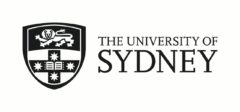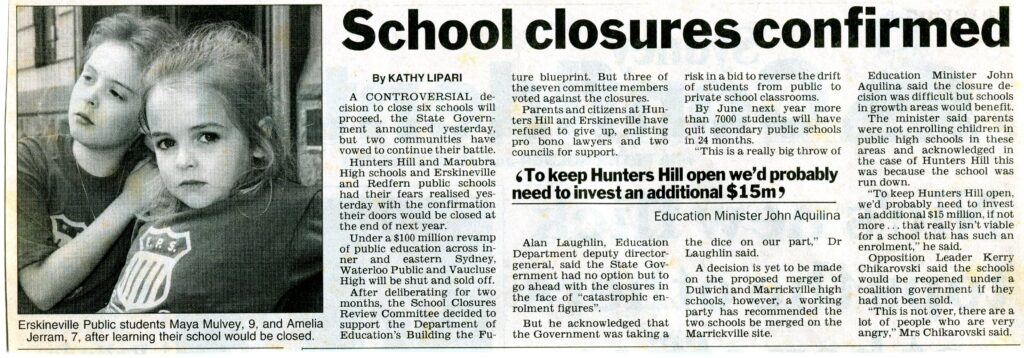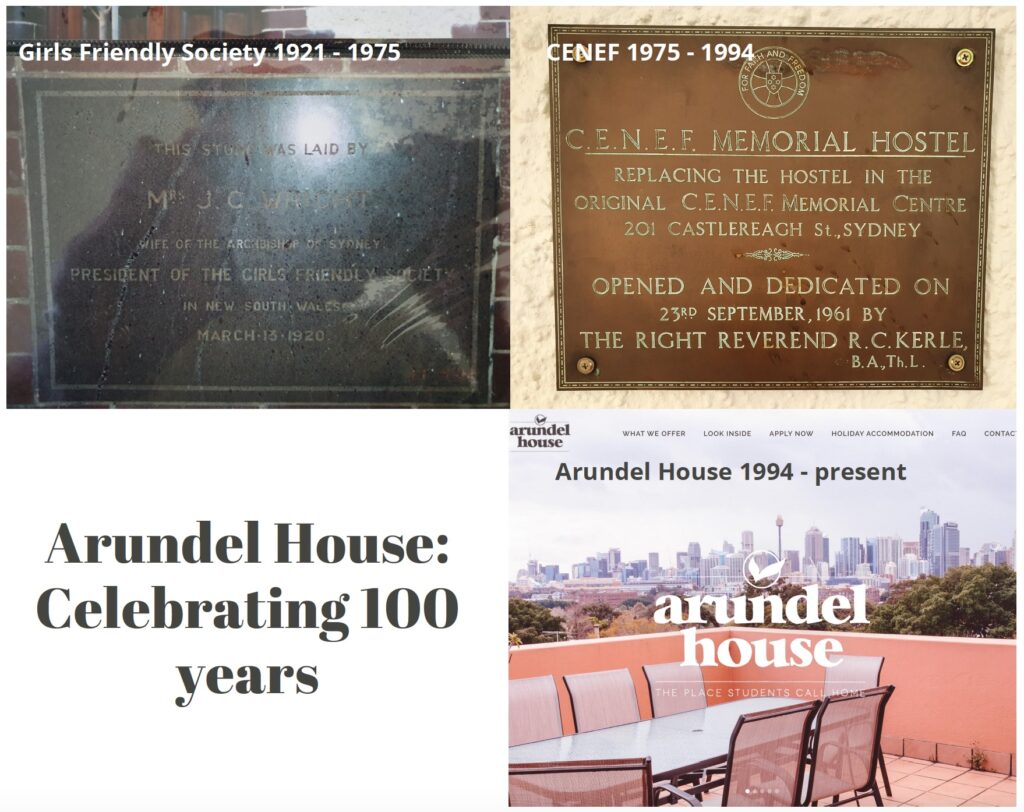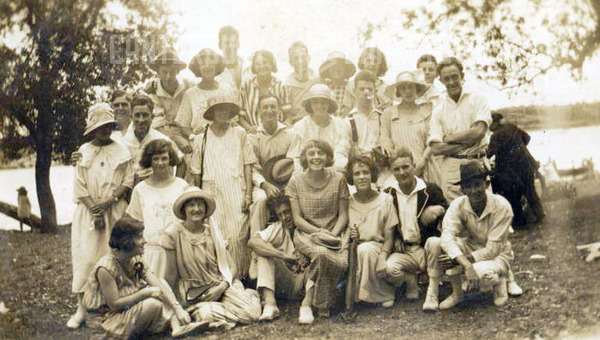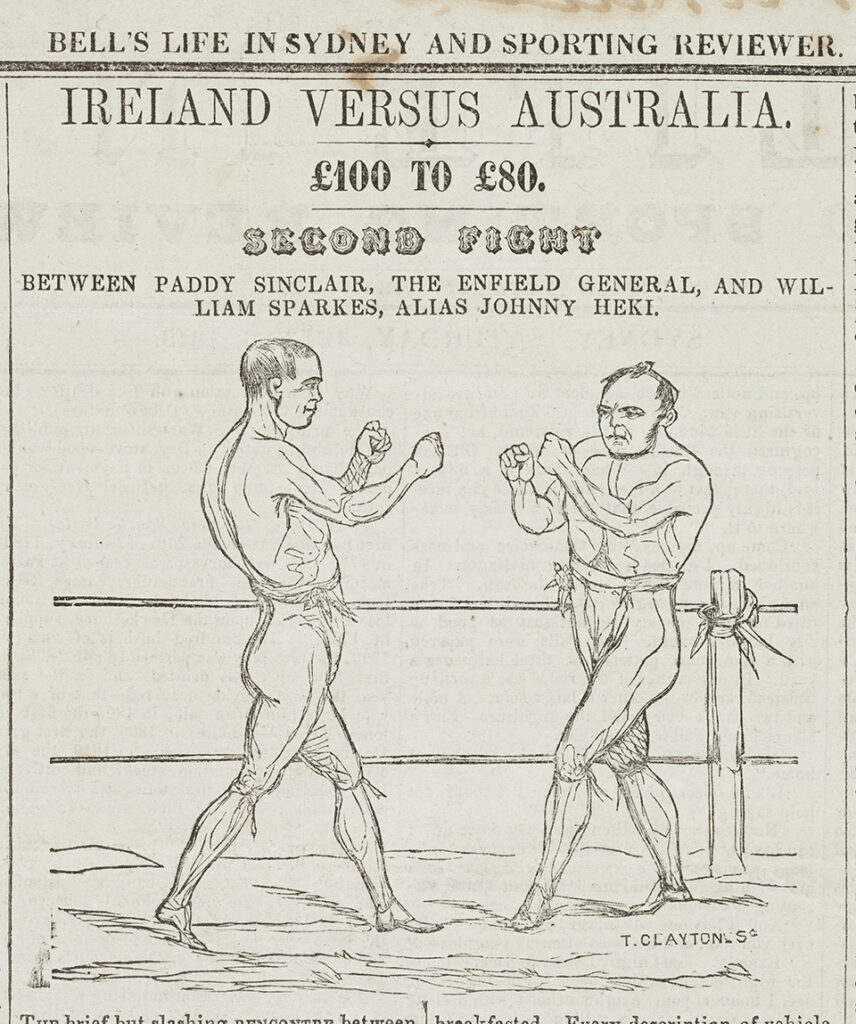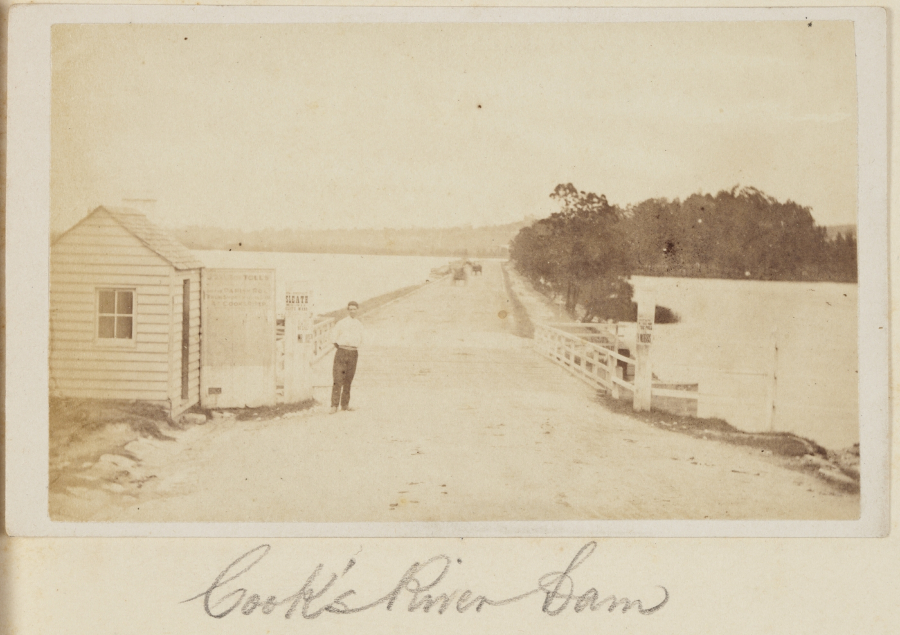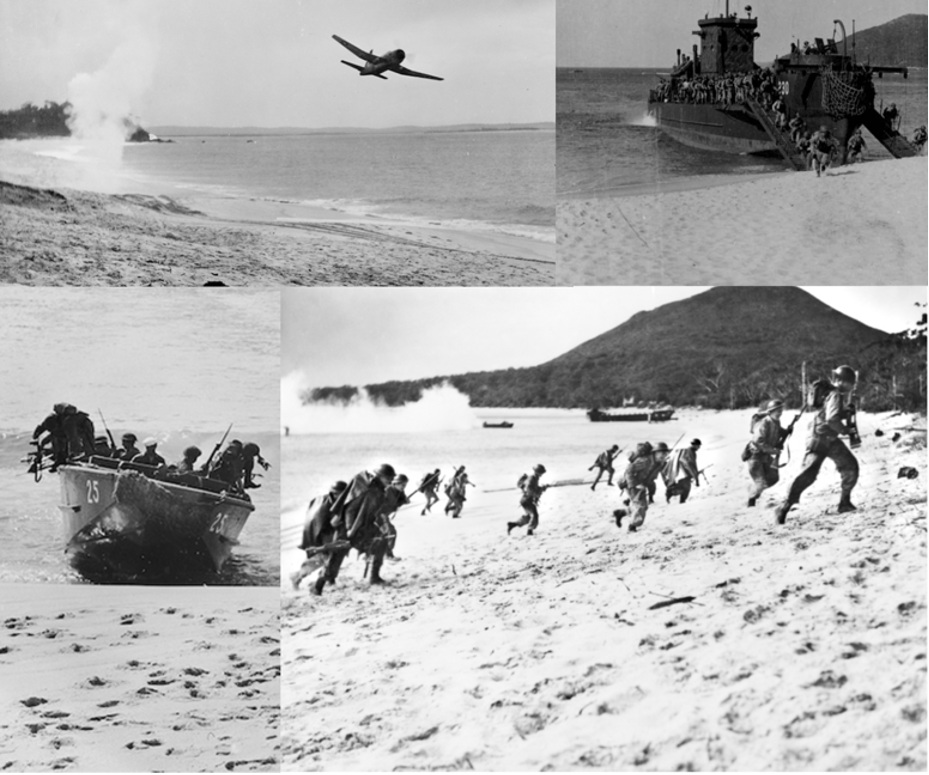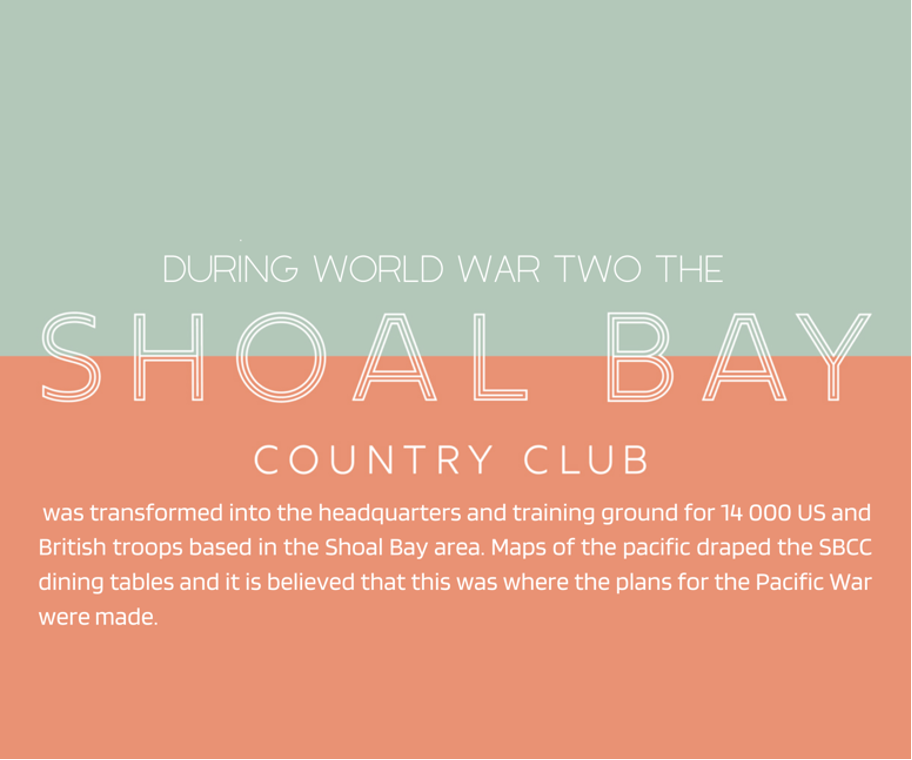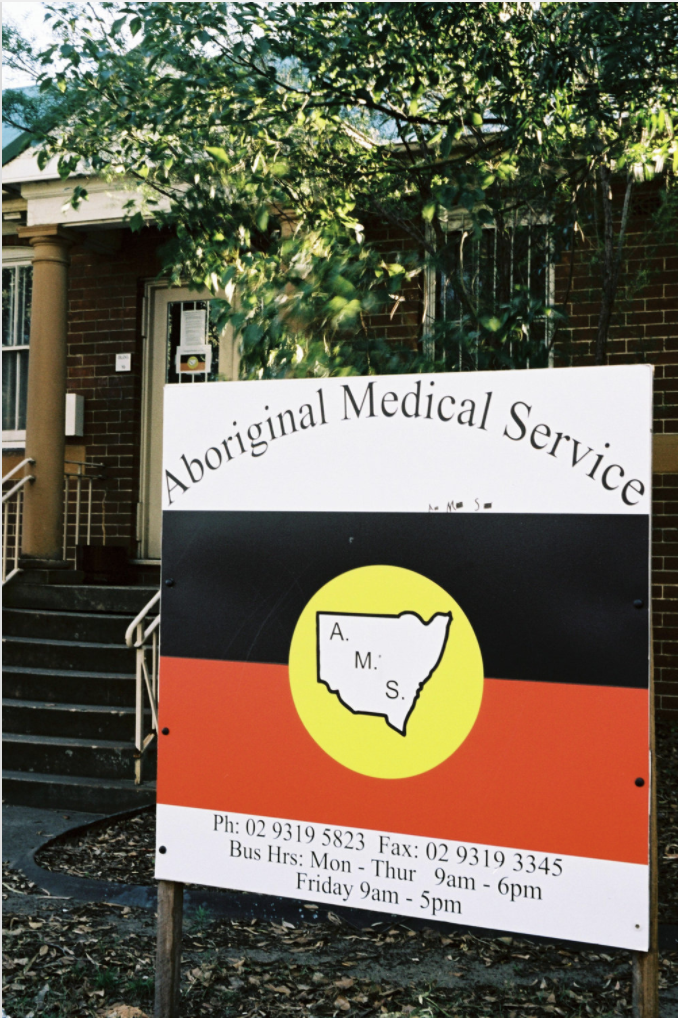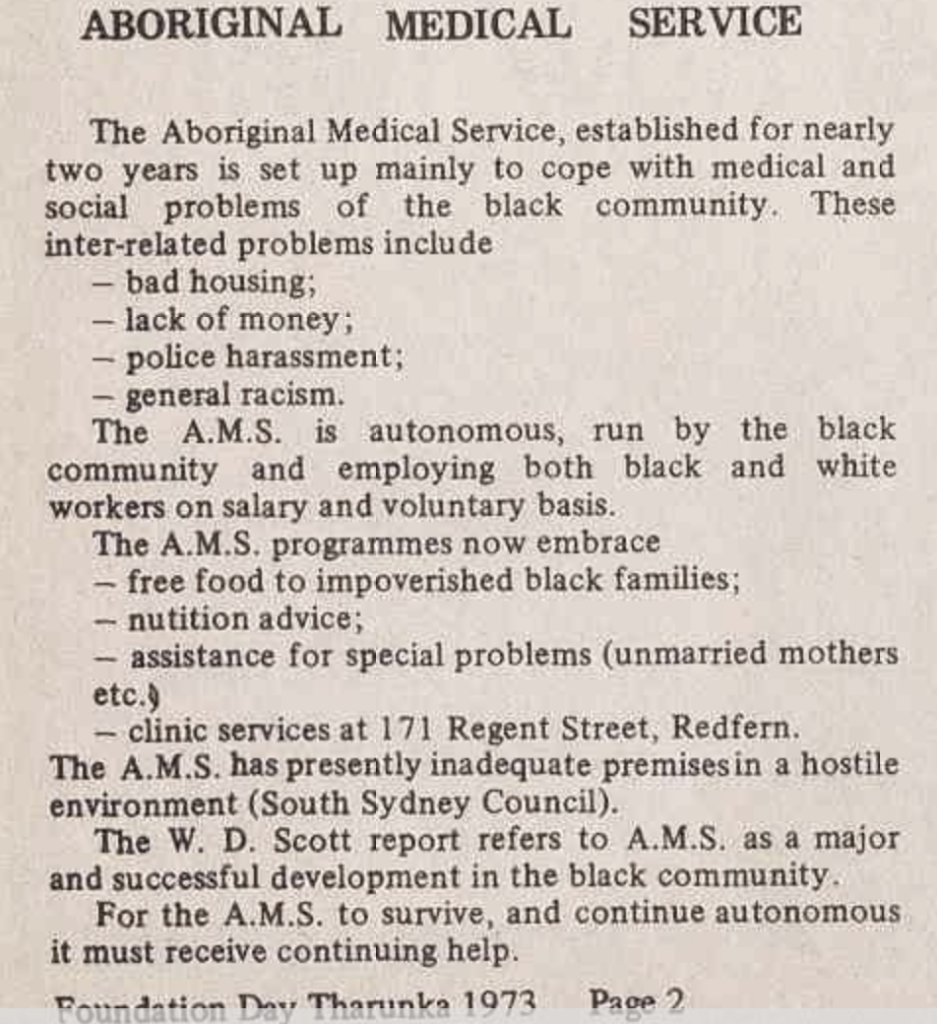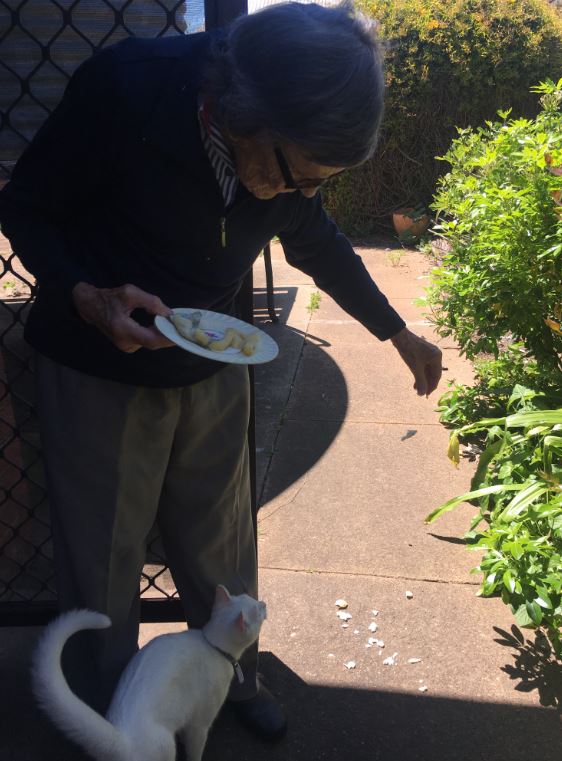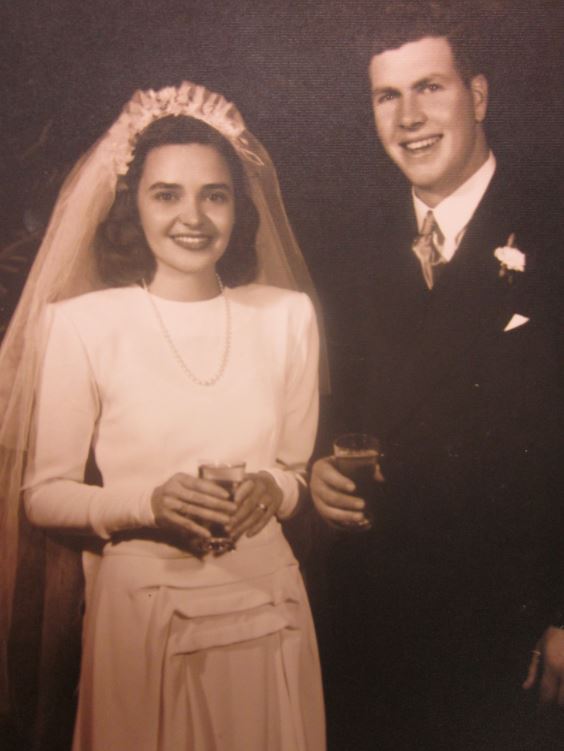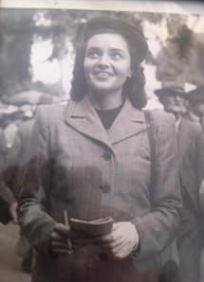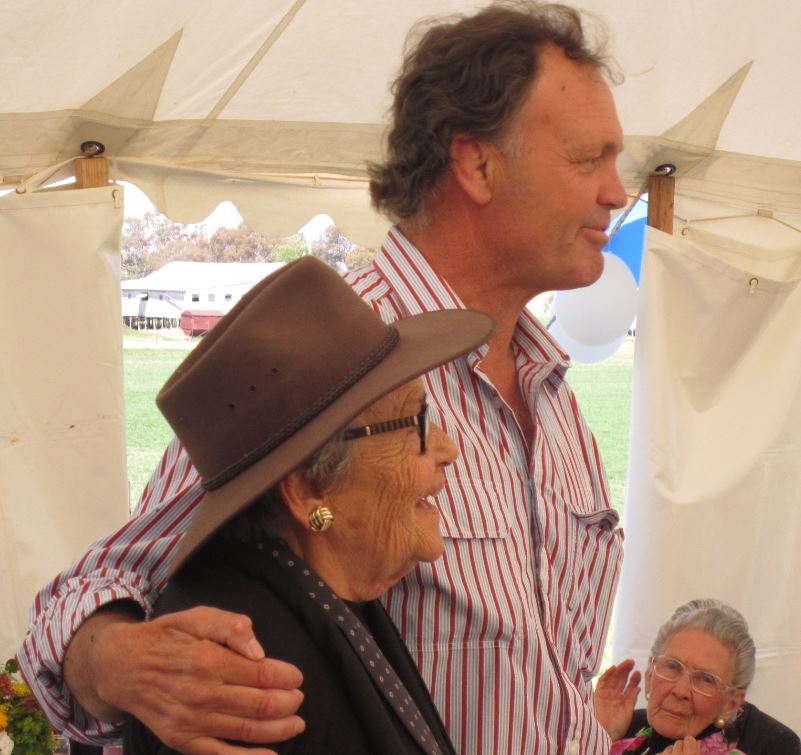Students of history in Australia are privileged to be writing at a time when the exploration and, in some ways, emancipation of minority voices are encouraged. This diversity in the topics covered and ready to be covered is unprecedented, helping to bring the past one step closer to a more realistic interpretation. Whilst historians at the university and in academia benefit from this agenda from the top-down, and progress towards uncovering more minority perspectives is in full swing, local histories paint a different picture. This was the problem I faced when I began searching for a research topic: a modern council and society embracing multiculturalism despite glaring gaps in their white-washed past.
My mission, therefore, was simple: to complete the council’s agenda of fostering an inclusive and diverse community by unravelling their colourless history and understanding the development of multiculturalism in Parramatta. Implicit in this mission is the argument that Parramatta’s multiculturalism is one of its major strengths as a community, and engagement with this aspect should be encouraged, particularly by immigrants alive today. Additionally, this project is also a criticism and revision by presenting a version of history that contradicts the predominantly European narrative; in other words, by arguing that multiculturalism is present in the past.
In consultation with the team at the Parramatta Heritage Library, the idea of a biographic approach and presentation was adopted: to focus on the abstract notion of multiculturalism through the lives of real people and immigrants. Some figures included were already well known and well documented in local histories, such as John Shying or Mak Sai Ying, but most likely had remained unknown to new or recent immigrants as well as those whose English skills were not fluent. Additionally, I made a point to include the lives of less notable figures such as Lee Gumbuk Sing who, though well documented, have not been covered by public histories. Further, given the format of a tour, this project embraced the physical aspects of history by tying these figures and their lives, long past, to buildings or locations still visible today in order to reinforce the notion that these histories, though long past, still influence our present. Though this tour was originally intended to be multilingual via a transcript in visitors’ native languages, this proved too ambitious and given the time and resource constraints, could not be achieved. Nor were the intended interviews with local immigrant business figures, such as the owners of Sing Kee Grocery or Sun Ming Restaurant, able to be achieved despite their lives and stories being highly valuable to the biographic nature of this project.
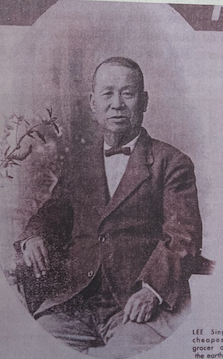
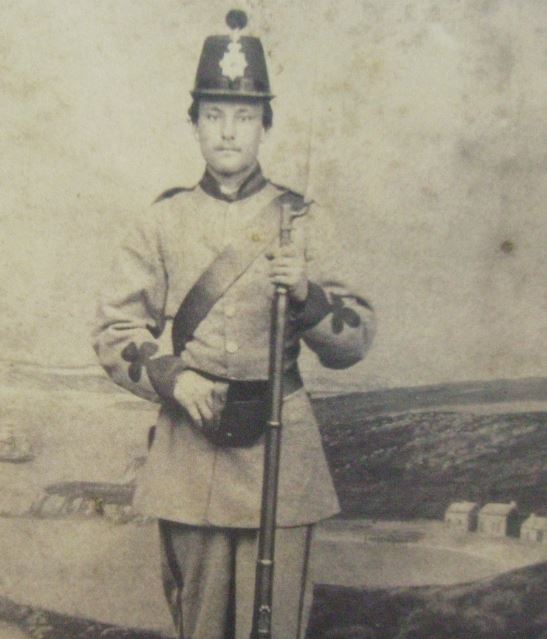
Nevertheless, some of the major themes of this tour were successfully achieved, including the exposure of multicultural roots in the iconic Australian heritage locations of Parramatta. Such places included Elizabeth Farm or St. John’s Church and Cemetery which all were influenced by and attended to by immigrants. This theme of an underlying and suppressed multiculturalism, and the subsequent retribution in revisionist histories such as this, thus furthers my overall agenda of strengthening Parramatta’s diverse and inclusive identity by embodying a genuine commitment to multiculturalism by the dominant establishment. Furthermore, this tour hits the second key theme of community building through engagement as the rhetoric of harmony through contributions to community is littered throughout the tour, particularly in highlighting notably charitable immigrants like Lee Gumbuk Sing.
To support my argument, and to ensure that these histories are factually reliable as well as legitimate, I relied on many local histories as well as digitised documents. These can be divided into three categories. First are secondary sources which represent the majority of the sources used in this project. Many of these secondary sources, and perhaps unsurprisingly, were government produced as the local and state governments represents a major source of funding for historical projects in Parramatta. However, this results in a narrow variety of sources as many were commissioned for particular purposes, such as informing policy decisions or celebrations and anniversaries. Unfortunately, the scope for these histories were also narrow in terms of cultural diversity as the embrace of multiculturalism was relatively recent. The second category are digitised primary sources which are relied upon, where accessible, to provide a more nuanced picture of the past. Thirdly, visual sources comprise a large proportion of the tour in the form of supplementary materials. These images, including portraits of figures and historical buildings, help bring the past closer to reality by visualisation and humanise the lives of the immigrants mentioned.
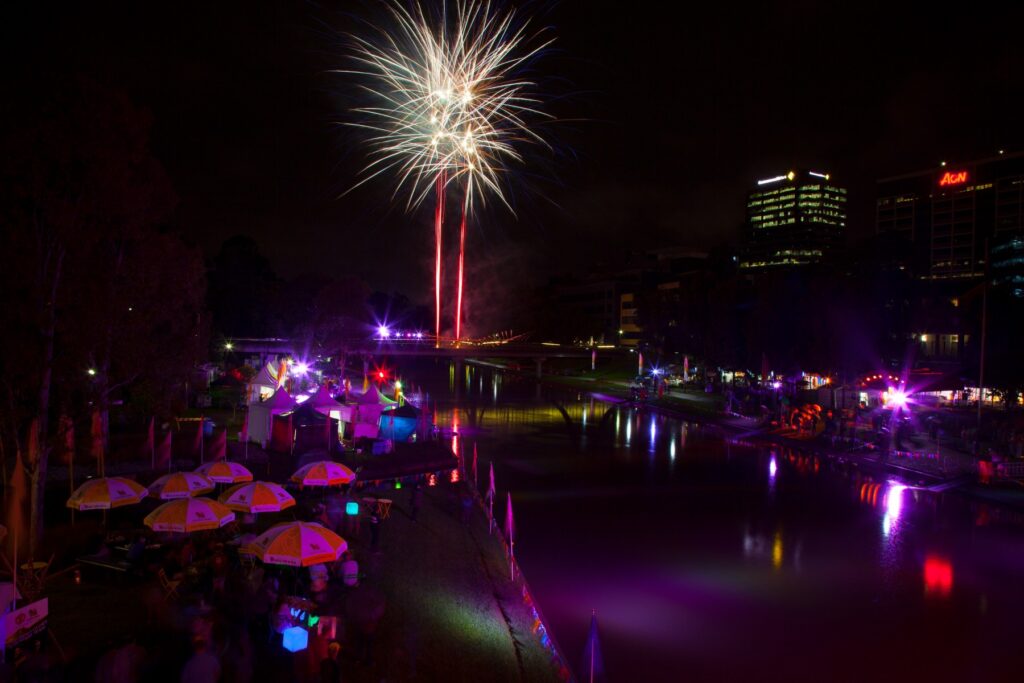
This project is highly significant in helping Parramatta become a truly multicultural city. By understanding the past through a more wholistic and accurate lens, current residents can appreciate the contributions of immigrant locals whilst understanding the importance of diveristy in shaping Parramatta. Furthermore, this tour, which targets the current immigrant population in particular, represents a major opportunity to access and engage with their past. This act of engagement can act as a form of community-building and inspire members of the community to continue exploring the past of their new home. Increasing the accessibility of history, therefore, remains a key strength of this project but, as mentioned prior, would greatly benefit from multi-lingual support to broaden the reach.
Further work on this project can be achieved through the Visitors Centre and Heritage Library, as new stops and stories can be added or the tour can be incorporated into existing programmes over time, rendering it highly sustainable. Marketing for this project, additionally, will not be necessary as the Council and Centre already offers a broad range of advertising for their tours.
Overall, this tour represents a step towards a more inclusive, more diverse and more multicultural Parramatta. I hope to be able to continue my work on this important mission in the future with the Centre, so that the multicultural past of Parramatta can finally be in step with that of its future.
